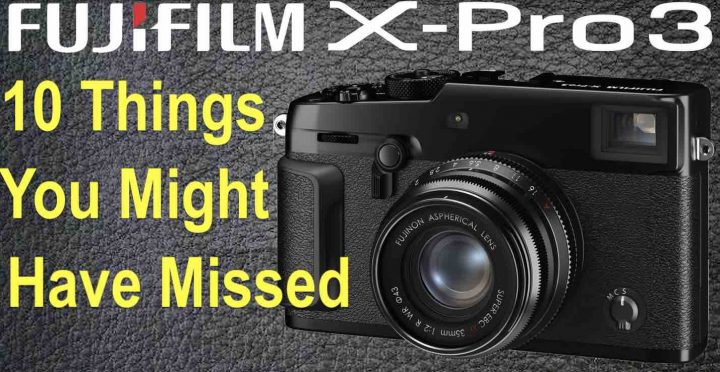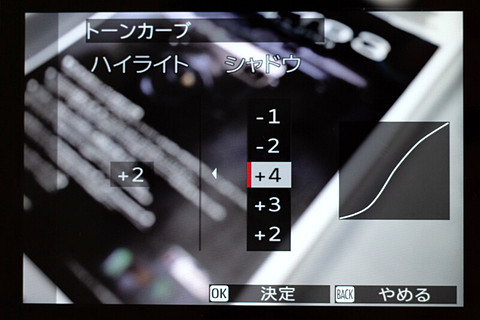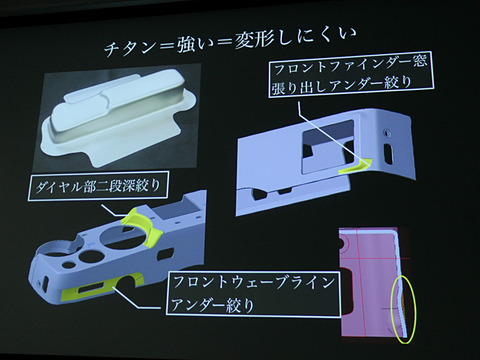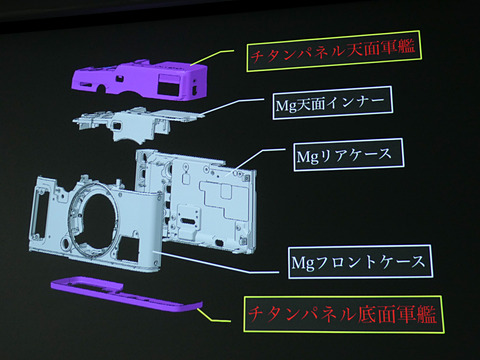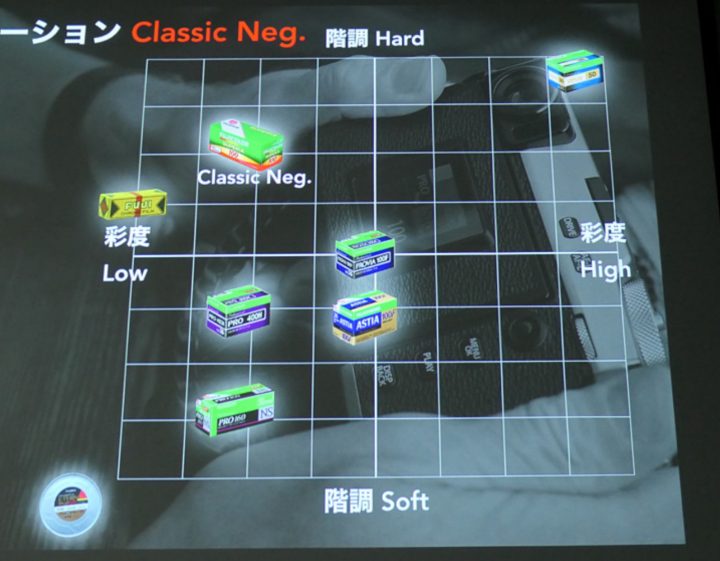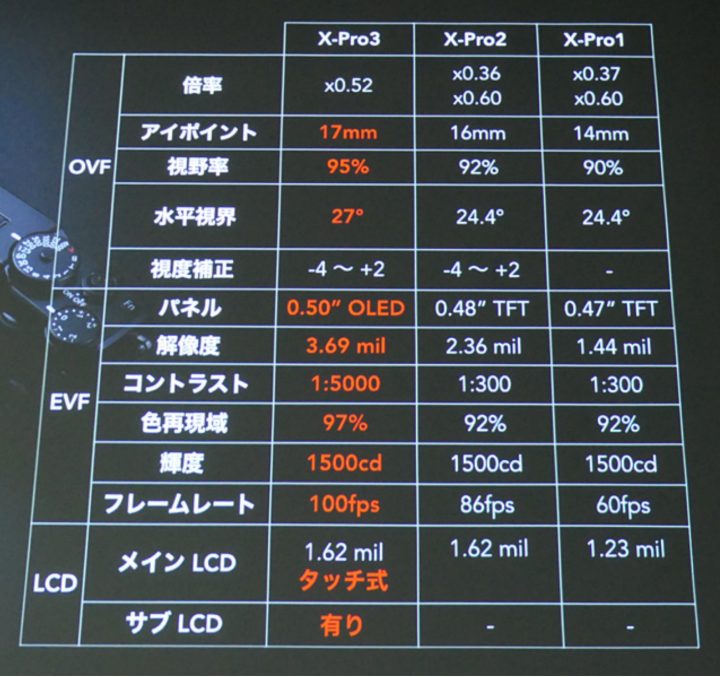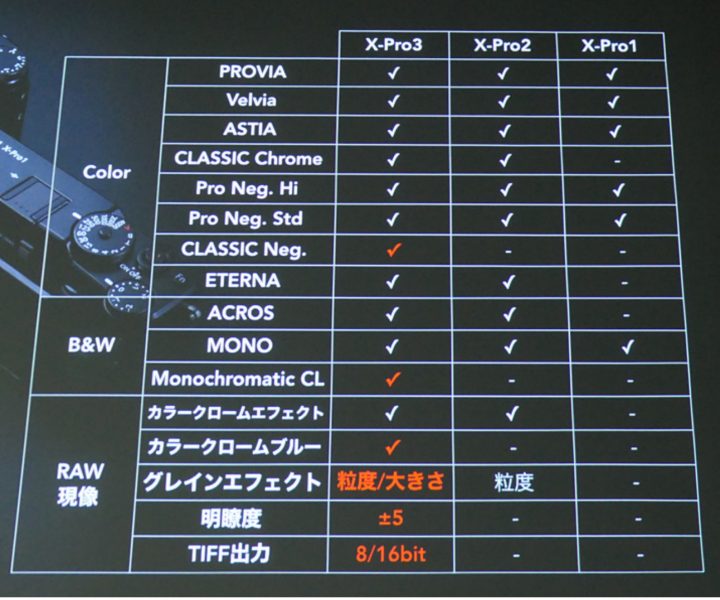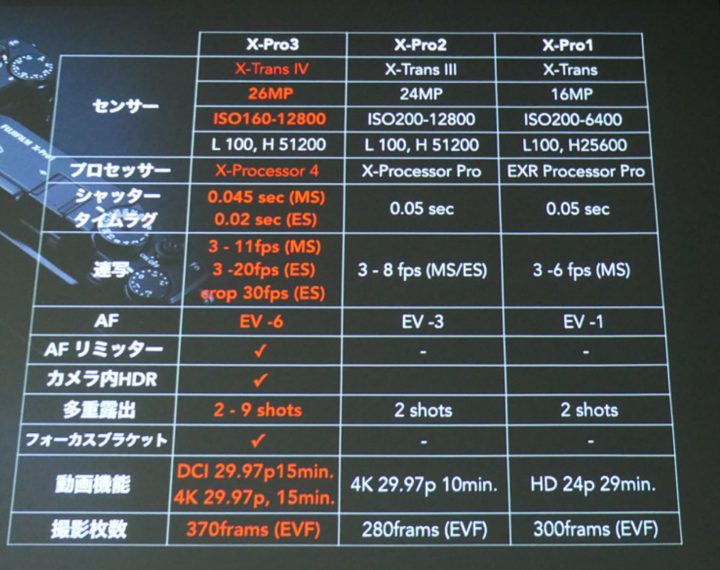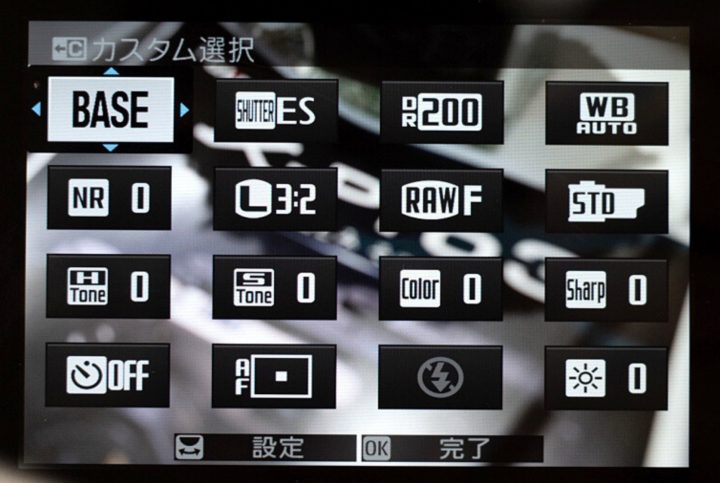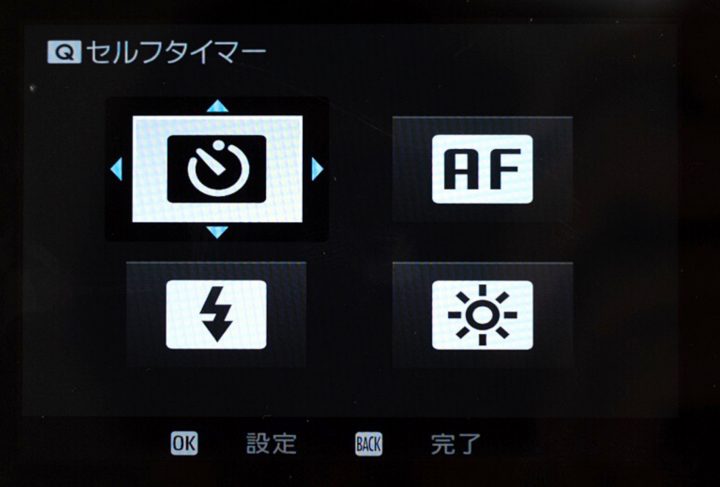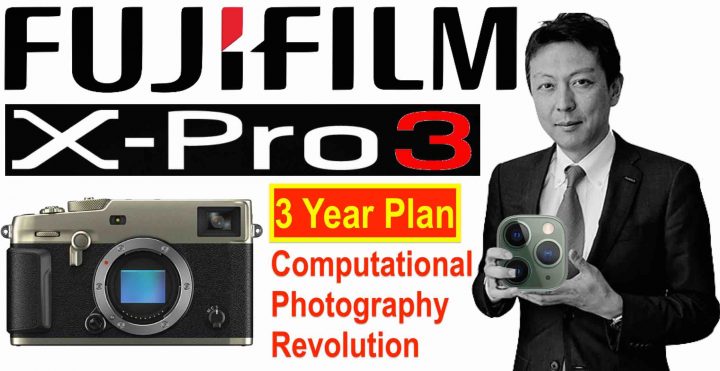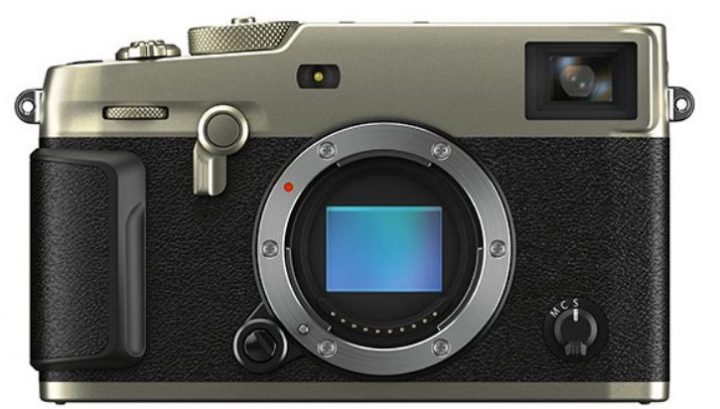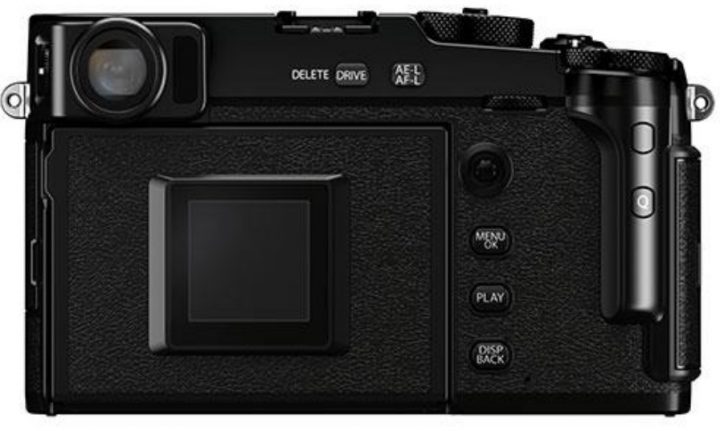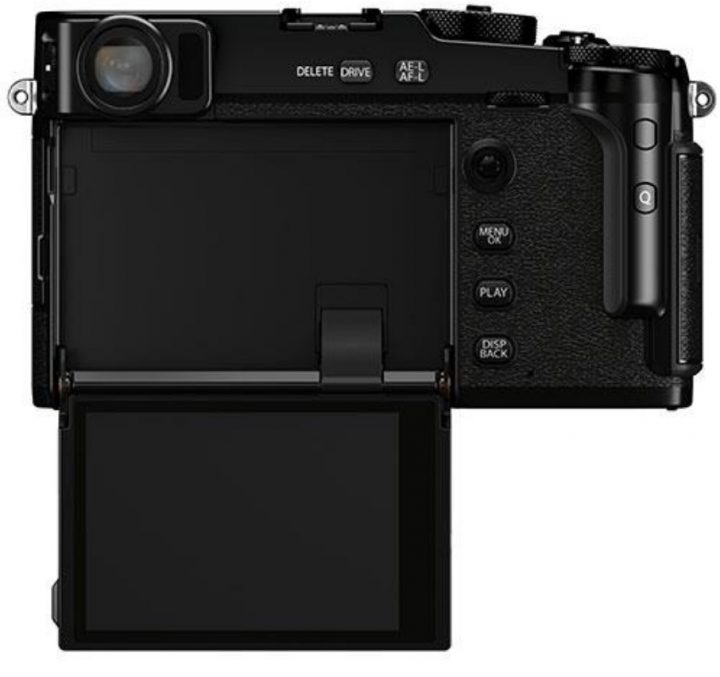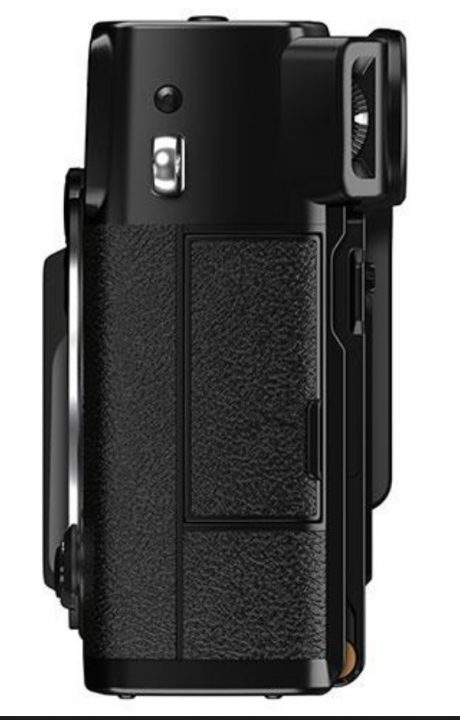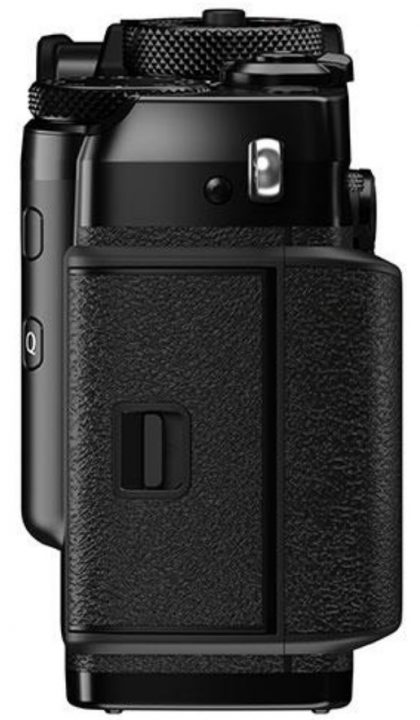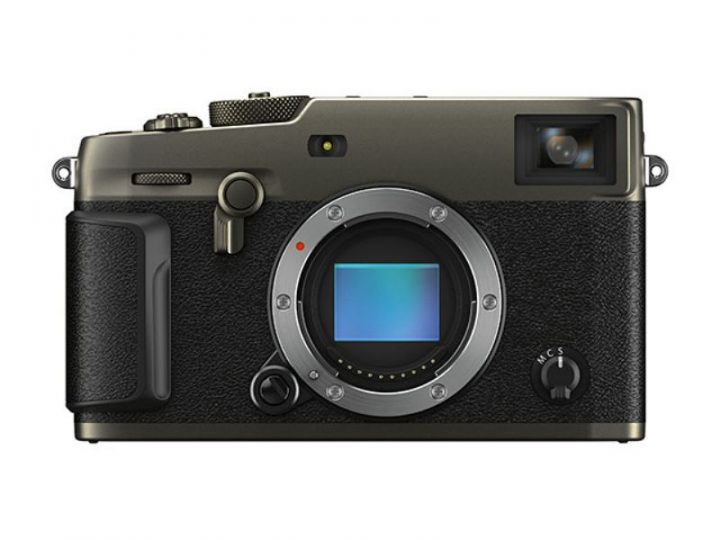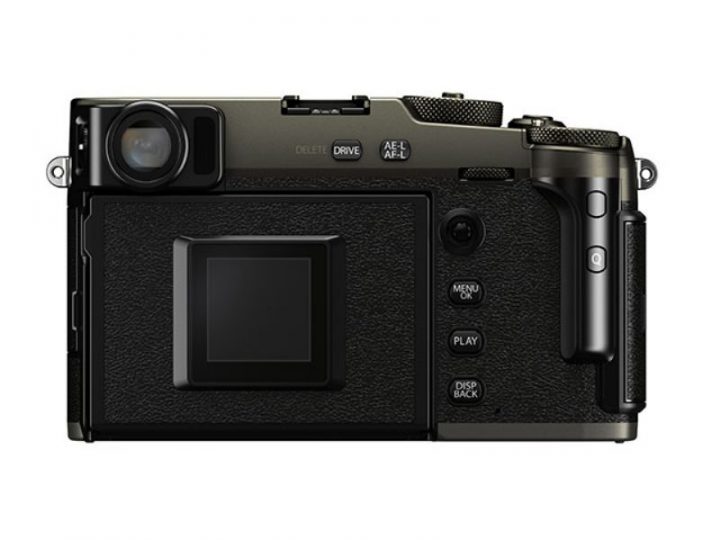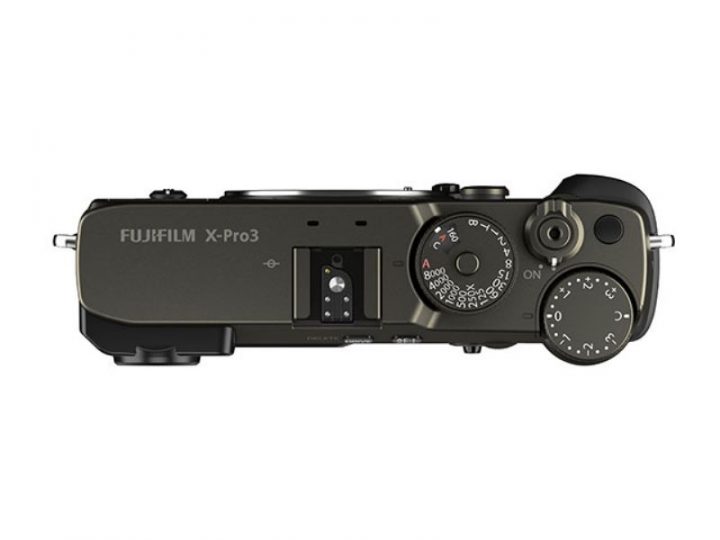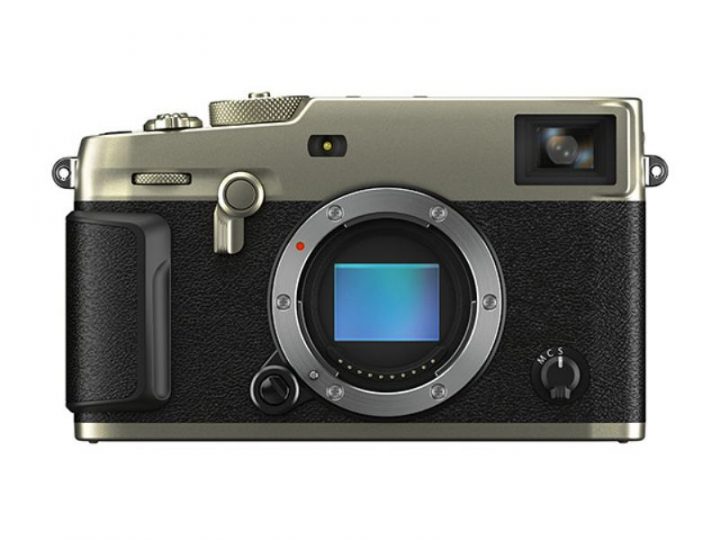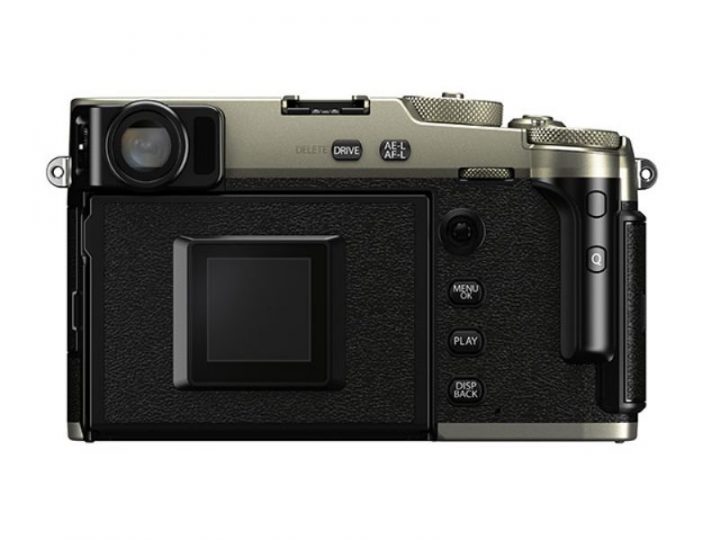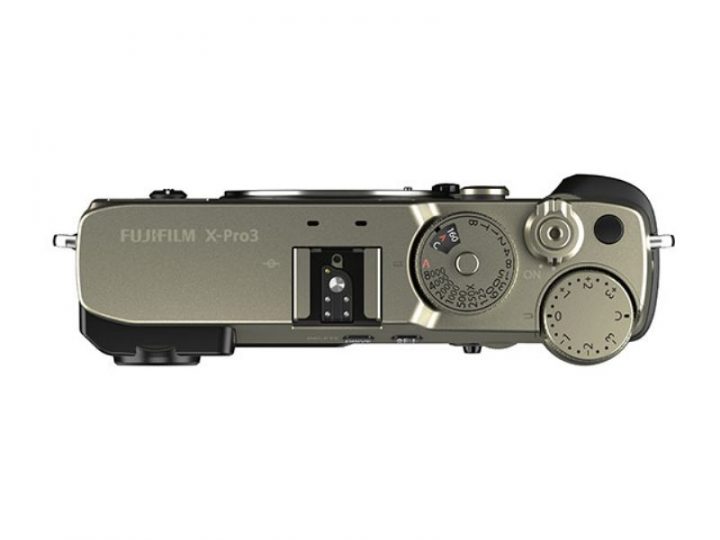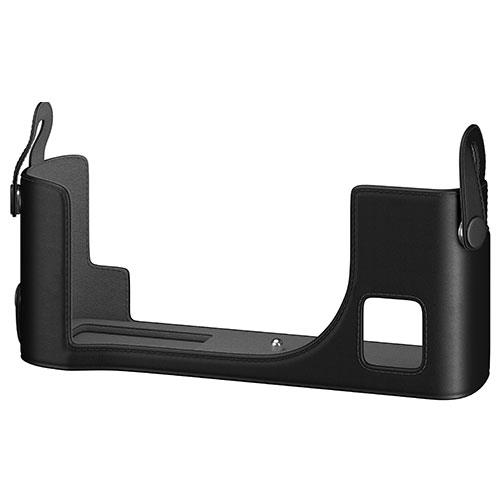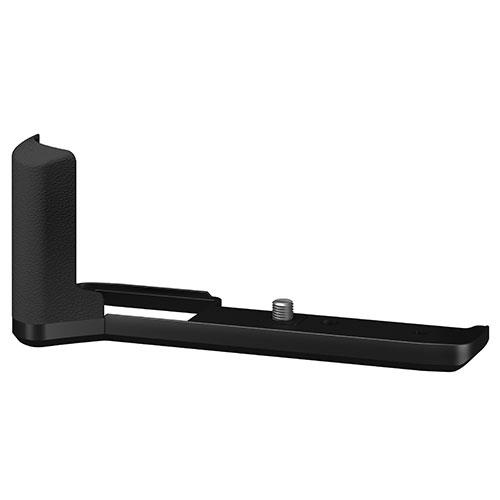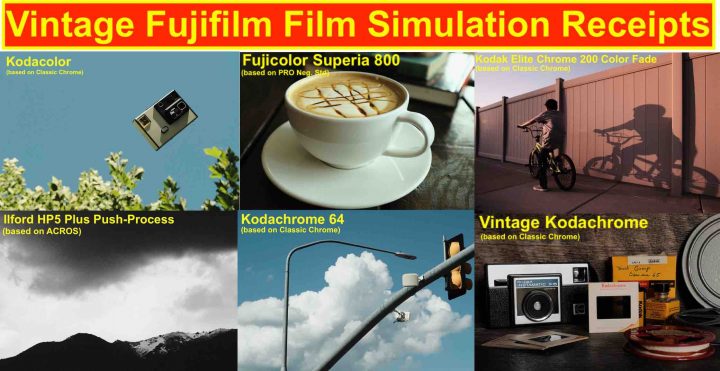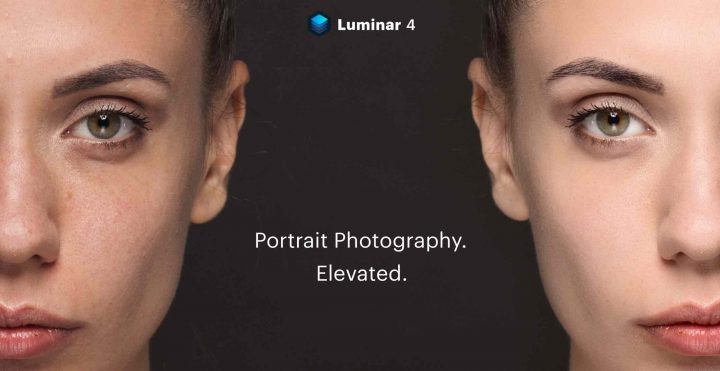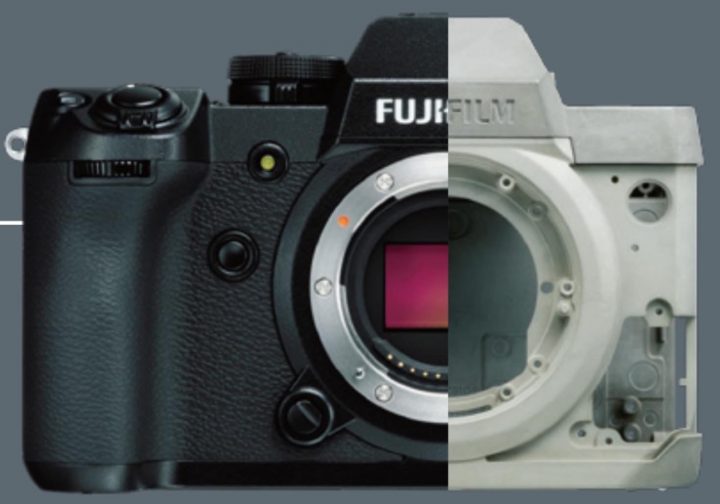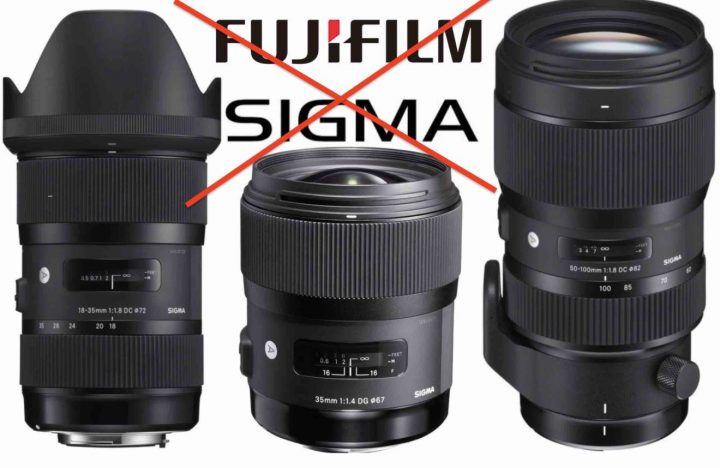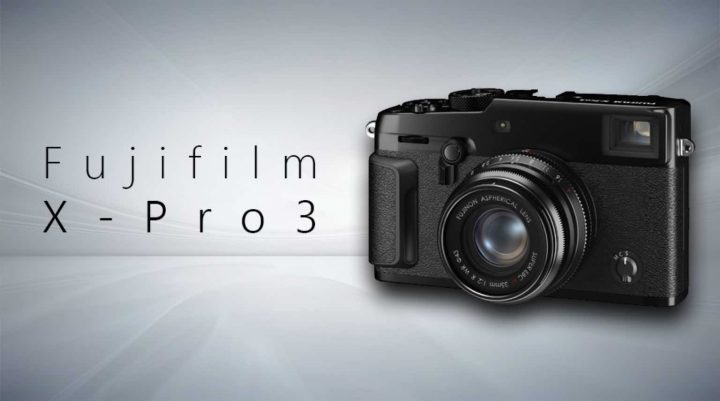
Fujifilm introduces the mirrorless digital camera “FUJIFILM X-Pro3”
– Constructed with strong yet lightweight titanium to provide portability and durability with premium quality
– Further evolving the world’s only viewfinder that can be switched between the optical and electronic systems
– Pursuing “PURE PHOTOGRAPHY”, fulfilling the true purpose of photography of freezing a moment in time, by encountering a subject and shooting a high-quality photo through the viewfinder.
Fujifilm X-Pro3
Tokyo, October 23, 2019 — FUJIFILM Corporation (President: Kenji Sukeno) is pleased to announce the launch of the FUJIFILM X-Pro3 (X-Pro3) in late November 2019, as the latest flagship model for the X Series lineup of compact and lightweight mirrorless digital cameras that deliver outstanding image quality with Fujifilm’s proprietary color reproduction technology. The X-Pro3 is the first Fujifilm digital camera to use strong yet lightweight titanium to achieve advanced portability and durability, making it easier than ever to enjoy photography with premium image quality.
The X-Pro3 comes in “Black”, which features premium-quality coating for dignified appearance, as well as “DR Black” and “DR Silver,” which have the Duratect™* coating applied to deliver strong resistance against scratches while achieving highly refined exterior appearance, thereby expanding the appeal of the X-Pro3.

Fujifilm has evolved its “X-Pro Series” by launching the Series with the FUJIFILM X-Pro1 in 2012 and introducing the FUJIFILM X-Pro2 in 2016. Defining the purpose of photography as freezing a moment in time, “PURE PHOTOGRAPHY”, with its hybrid viewfinder, the X-Pro3 enables photographers to encounter subjects at various places, to help document the world we live in today. The company has developed the X-Pro3 with commitment to (1) producing a compact, lightweight and highly-durable camera body in elegant yet understated design to allow users to carry the camera easily, (2) providing an excellent viewfinder that captures a photo subject accurately and facilitates perfect framing, and (3) offering color reproducibility that creates images exactly as intended by users.
The new X-Pro3 is an exceptionally portable and durable mirrorless digital camera that has a magnesium-alloy interior, which is covered with lightweight, robust and corrosion-resistant titanium on the exterior to achieve premium quality design, bringing out the beautiful tone and texture of titanium to the maximum.
The X-Pro3 has the “Advanced Hybrid Viewfinder”, the world’s only viewfinder that can be switched between optical viewfinder (OVF) and electronic viewfinder (EVF). The EVF uses a bright and high-resolution 3.69-million-dot organic EL panel for enhanced visibility. The camera also features the back-illuminated 26.1MP “X-Trans™ CMOS 4”** sensor and the “X-Processor 4” high-speed image processing engine, which have both won strong reputation following their use in the FUJIFILM X-T3 and FUJIFILM X-T30. Also, evolved algorithm enables the camera to realize fast and accurate phase-detection AF at the minimum luminance of -6EV, which is close to pitch darkness. Fujifilm’s unique Film Simulation function has been added with the new “CLASSIC Neg” mode, simulating color negative film traditionally chosen for snapshots of day-to-day scenes, so that users can enjoy high-quality photo with versatile tonal variations.
With the X Series including the X-Pro3, the GFX Series of mirrorless digital cameras with a Large Format sensor***, and the extensive lineup of interchangeable lenses, Fujifilm will continue to provide everyone the splendor of photography and the joy of taking photos
* Duratect™ is a trademark or registered trademark of Citizen Watch Co., Ltd.
** X-Trans™ is a trademark or registered trademark of FUJIFILM Corporation.
*** An image sensor that measures 55mm diagonally (43.8mm x 32.9mm), providing approximately 1.7 times the area of the 35mm full-frame sensor
1. Main product features
(1) Fujifilm’s first digital camera made of titanium for exceptional portability and durability
This is Fujifilm’s first digital camera whose exterior is made of titanium, making it lightweight, strong and resistant to corrosion. The internal framework of the camera body is made of robust yet highly rigid magnesium alloy for exceptional portability and durability.
The X-Pro3’s sophisticated design brings out the appeal of titanium’s beautiful tone and unique texture to the maximum. It comes in three color variations, namely the “Black” using quality coating for dignified appearance, as well as the “DR Black” and “DR Silver”, which have the surface-hardening technology called Duratect™ applied to achieve strong scratch resistance*4 and appearance of premium elegance, making the camera an absolute pleasure to own.
The weather resistant structure is sealed in 70 places of the camera body provides dust and water resistance. The camera is also capable of operating at temperatures as low as -10°C, allowing field photography in the toughest of the shooting conditions.
*4 Achieving the Vickers hardness rating of 1000-1500Hv
(2) Further-evolved “Advanced Hybrid Viewfinder” in pursuit of the “shooting-through-the-viewfinder” style
The X-Pro3 is equipped with the world’s only “Advanced Hybrid Viewfinder.” Users can flick a lever to instantaneously switch between the OVF, which captures your subject exactly as it is, and the EVF, which allows the users to check exposure and other settings while shooting.
The EVF now uses a high-resolution 3.69-million-dot organic EL panel. It has the maximum luminance of 1500cd/m2 and boats high contrast, making it possible to display the finest details even in shadows and highlights. Its faithful color reproducibility provides an advanced level of visibility.
The “Smoothness priority” mode*5 has been added as the EVF’s new display option. It provides smooth vision equivalent to approximately 200fps for a minimal sense of residual images, and is the perfect option when tracking a fast-moving subject.
The camera also features the “Electronic Range Finder” function, in which a small EVF window is displayed within the OVF. The highly convenient function allows users to view the subject as it is while using the small EVF to enlarge the focusing area of the frame.
*5 Only available when the “Boost” mode is selected in the Performance setting
(3) Equipped with the X Series’ fourth-generation sensor and image processing engine to enable enhanced shooting functions
The X-Pro3 is equipped with the back-illuminated 26.1MP “X-Trans™ CMOS 4” sensor and the “X-Processor 4” high-speed image processing engine, which are the X Series’ fourth-generation devices that have both won strong reputation following their use in the FUJIFILM X-T3 and FUJIFILM X-T30. The use of evolved algorithm means the camera is capable of fast and accurate phase-detection AF at the minimum luminance of -6EV, which is close to pitch darkness. Smooth AF is achieved by utilizing the range limiter function, which limits the range of focal lengths for using AF.
The camera’s “HDR Shooting” function combines multiple images of different exposure levels to create a picture of natural colors free of highlight or shadow clipping.
The “Multiple Exposure” function has been evolved, combining up to 9 images taken in different framing or time, into a multi-layered collage for a mysterious effect. Users can apply the Additive, Average, Comparative Bright or Comparative Dark mode as the exposure setting for images to be layered together.
(4) Use of unique color reproduction technology for outstanding image quality
Fujifilm’s unique color reproduction technology, nurtured over 85 years, produces “memory colors,” vivid colors exactly as you remember.
The Film Simulation function, which applies diverse color tones to images, has been added with the new “CLASSIC Neg” mode, designed to simulate color negative films traditionally chosen for snapshots of day-to-day scenes. It creates high contrast to add definitions and dimensions to your subject.
The Black & White adjustment function*6, a popular function originally introduced to the FUJIFILM X-T3 and FUJIFILM X-T30, has been updated as the “Monochromatic Color” function. It offers the original “Warm / Cool” tone options as well as the new “Magenta / Green” hue option, giving users a choice from a broad gradation of colors.
The Grain Effect function, which simulates the graininess unique to pictures developed from photographic film, has been evolved so that the users can adjust “strength” and “size” to control the degree of grain strength and coarseness.
The previous models’ “Color Chrome” effect has been added with the new “Color Chrome Blue” mode, reproducing deeper colors and greater tonal definition in blue skies and other primarily blue subjects for versatile photographic expressions.
*6 A function that reproduces “Warm Black / Cool Black,” used in photo film development to produce warm or cool tones in monochrome prints
(5) Superb operability
The X-Pro3 features a 1.62-million-dot tilting touchscreen LCD monitor that fits flush on the rear side of the camera body. It can be flipped approximately 180 degrees, allowing users to shoot in various styles from high to low angles. It offers excellent visibility due to its high resolution, wide angle of view and strong contrast.
The 1.28-inch color Memory LCD monitor, a new feature on the camera’s rear panel, displays shooting settings regardless of whether the camera is turned on or not. The screen can be set in the “Classic” mode for displaying the Film Simulation mode selected, using the packaging icon of the corresponding photo film, or the “Standard” mode for displaying shutter speed, aperture and other shooting settings.
The number of icons to be displayed in the quick access “Quick Menu” can be selected from 4, 8, 12 or 16.
The X-Pro3 is equipped with a USB Type-C port (USB3.1 Gen1), enabling wired charging of the camera’s battery.
Fujifilm X-Pro3
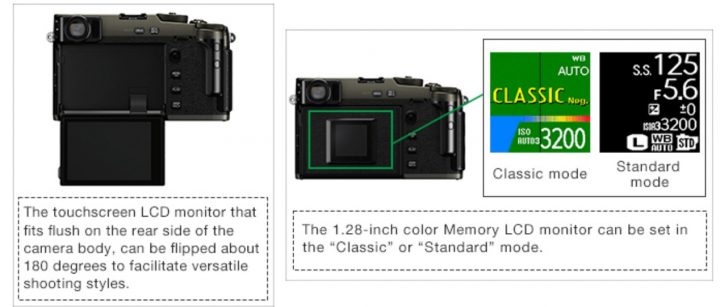
2. Optional accessories
(1) Leather case “BLC-XPRO3” (for the X-Pro3)
This is a genuine-leather bottom case that elegantly shows off the X-Pro3’s exterior design while protecting the camera body. It also offers advanced user convenience, allowing the battery to be replaced while the case is attached to the camera.
The case comes with a cloth to wrap the entire camera body when storing it in a bag.
(2) Hand grip “MHG-XPRO3” (for the X-Pro3)
This hand grip improves the grip on the camera to reduce the camera shake, even when using a large-diameter lens. This grip can be left in place while replacing the battery or SD card.
Fujifilm X-Pro3



